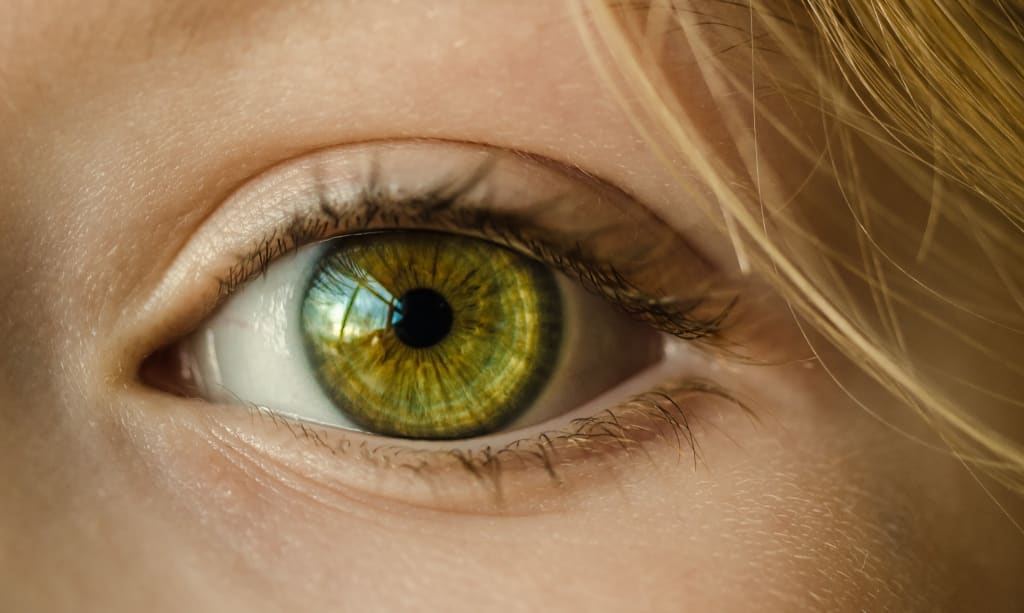
Have you ever been caught up in a painfully awkward and lengthy stare with a stranger? Perhaps you were on a bus or train, or part of a museum tour, or attending a busy and colourful carnival, or perhaps even locking eyes with your oh-so-dreamy crush?
I’ve been there, and I have to say that most of the time, unless I felt like a really badass woman that day, I would describe the encounter as unpleasant. But what is it about this sense of mutual awareness provided by eye contact which can elicit such a wide range of responses, which we can’t usually control?
Ever since humans roamed the earth, they have used foraging for food in order to survive and sustain themselves. More specifically to this context, visual foraging can be applied, as in the process of attentional allocation, your attention is oriented to visual subjects in your field which you deem may provide beneficial information, and that includes information about other humans. Indeed, the eyes are the windows to the soul, and looking into them may provide prized social acumen about them.
I’d like to discuss eye contact and its effects from multiple standpoints.
Firstly, we know that eye contact is such a powerful and elemental tool in communication, expression, and perhaps power. It has been used by multiple agents from different walks of life to better convey their insightful ideas in a debate, sway citizens into supporting their political agendas, convince others to adopt a new point of view, positively pressure one’s employees to work harder and be more productive (which by the way should never be done in a condescending or derogatory manner however), galvanize engagement in a classroom setting, persuade a potential business partner to seal a deal, or even give flirtatious signals to a viable romantic interest.
The possibilities are literally endless.
Various neuroimaging studies show that a specific region in your amygdala, a region of your brain responsible for social and emotional processing, is actively engaged during the stimulus of eye-contact. Moreover, it has been shown by a study conducted by Klüver and Bucy, in their 1939 paper, how amygdalectomy, the removal of the amygdala, caused impaired social interactions of the suffering monkey. In humans, the latter is linked with more difficulties making eye contact as well.
In terms of physiological responses, which may vary in context-specific situations, generally, you may be familiar with sweating, shifting in your seat, rapid breaths...You are now more consciously aware of yourself,(what you’re wearing for example), your surroundings, and the people around you.
“Is there something stuck in my teeth?”
“Do I have something on my face?”
This is a normal self-referential process induced by eye contact.
Different people are affected differently by eye-contact. Generally, provided that the context is non-threatening, people who favor eye contact do so since they associate it with credibility and intelligence. People are more likely to trust you and your ideas if you look into their eyes. Making eye contact also makes you more likeable, because they feel engaged in the topic you’re discussing, and also because eye contact exudes confidence, certainty, and courage, which boosts your charisma and in turn also makes you more attractive. This makes your ideas seem more compelling, conclusive, and memorable, making eye contact a key component in persuasion, debate, and public speaking scenarios.
However, when it comes to people who suffer from, say, social anxiety or post traumatic stress disorder, they may view your eye-contact as a threatening and/or judgmental action, and interpret or conclude ill intention in your facial expressions, which may cause them to shy down, be uncomfortable, or even retaliate aggressively. You should know that this is not your fault or theirs. The best possible outlet or solution here is to talk it out, reassure them that they can trust you, or perhaps ask them to seek guidance from whatever resources available to you or them. If you find yourself in a situation where you could have bodily harm induced to you, try to remove yourself from the situation immediately or contact help.






Comments
There are no comments for this story
Be the first to respond and start the conversation.